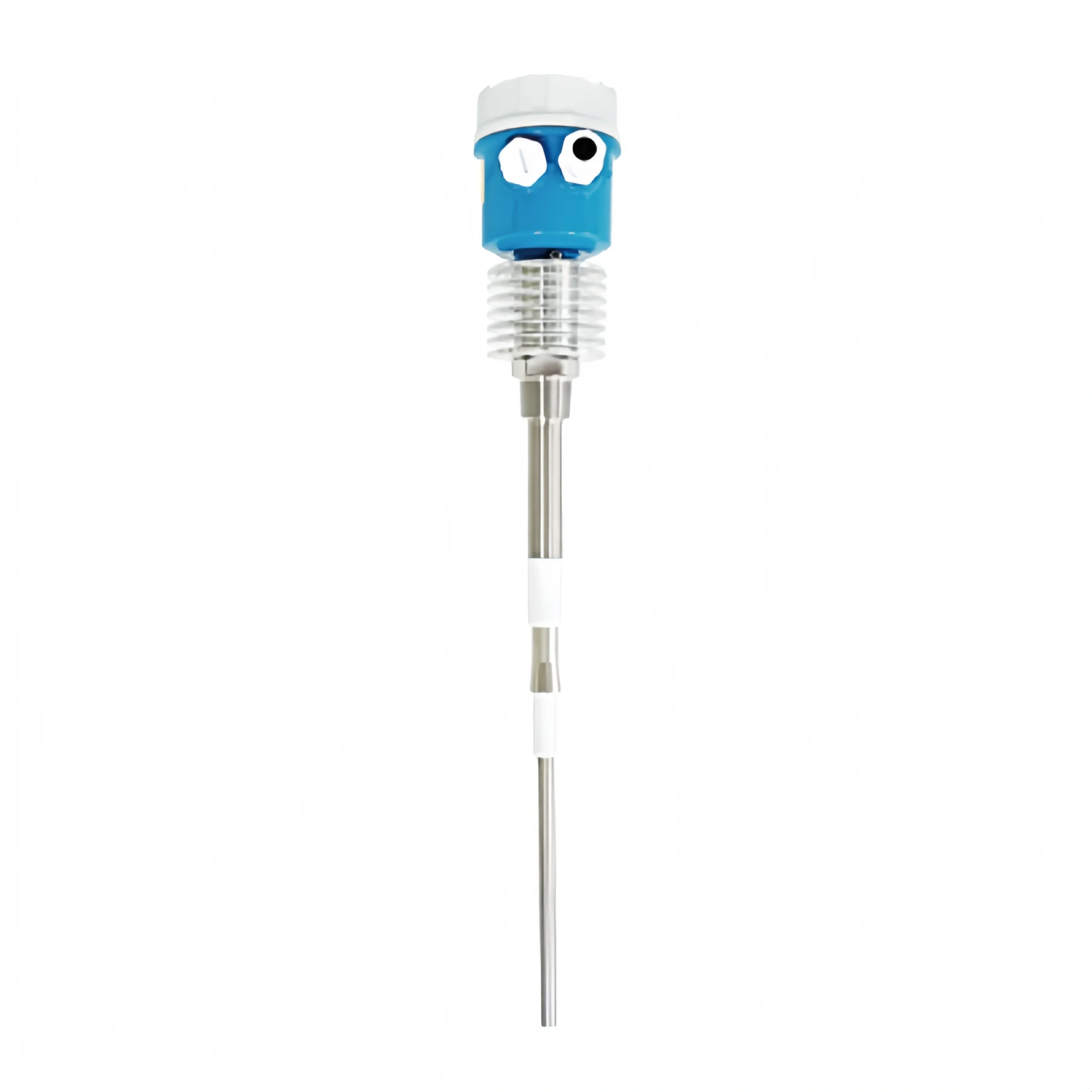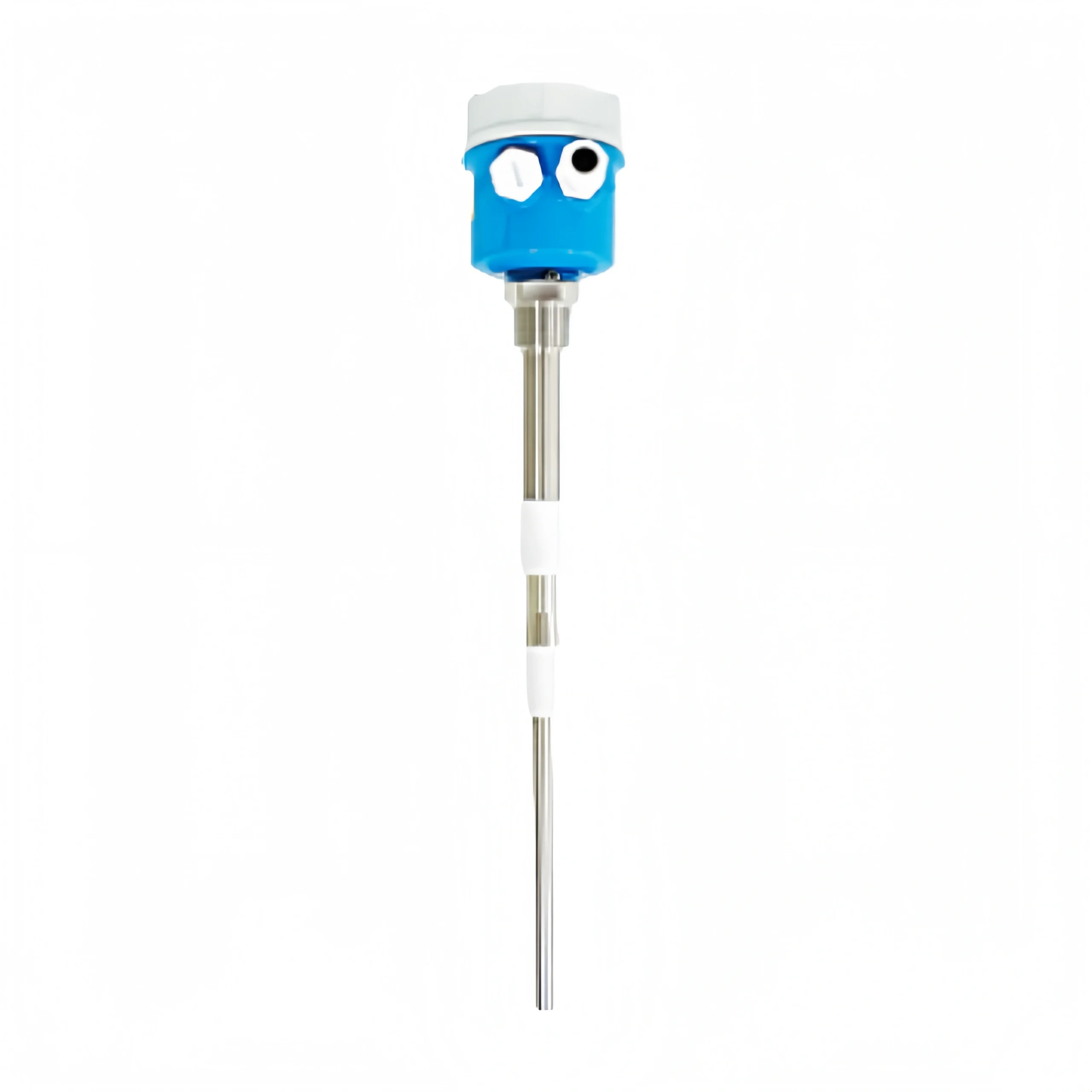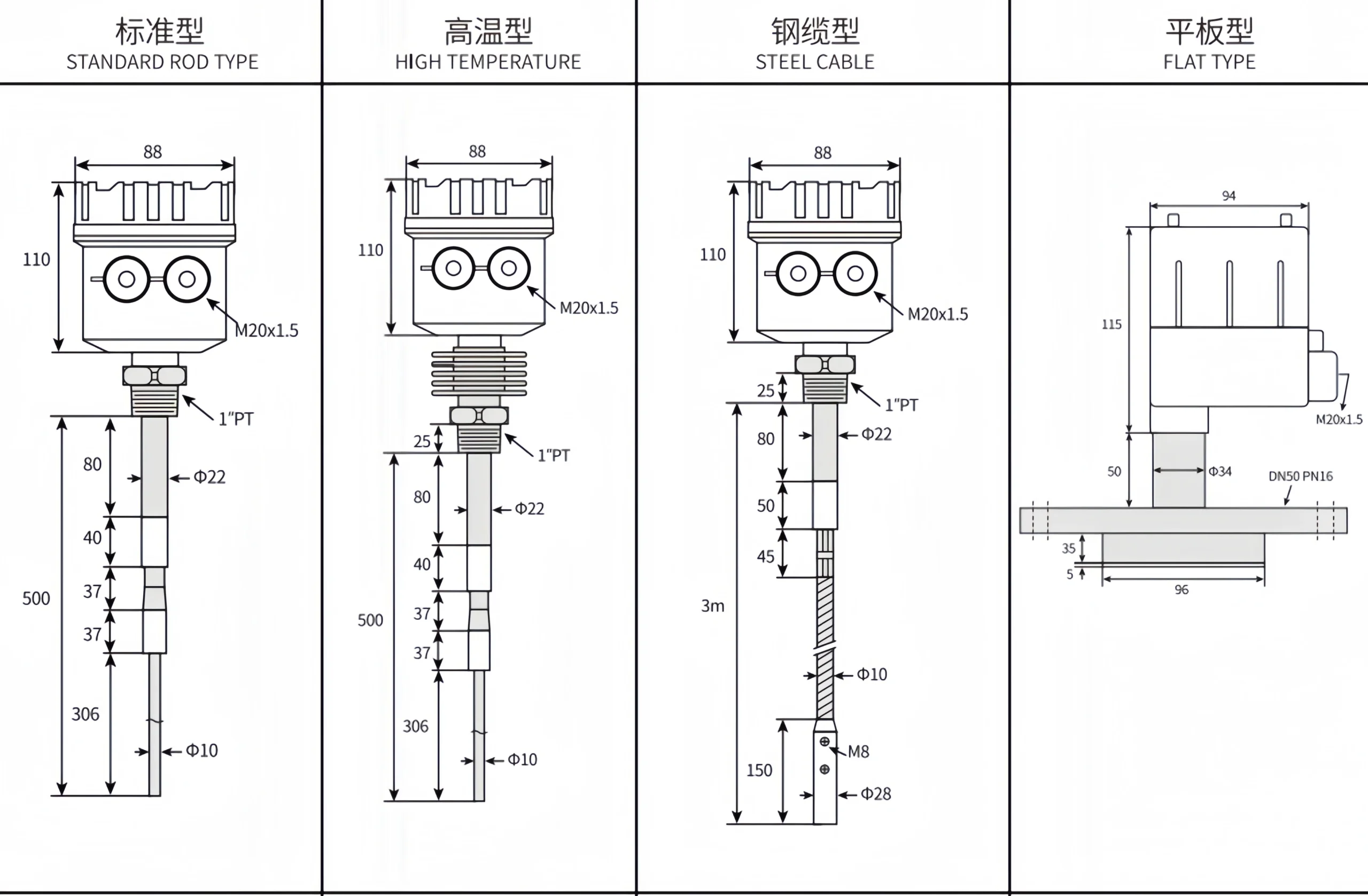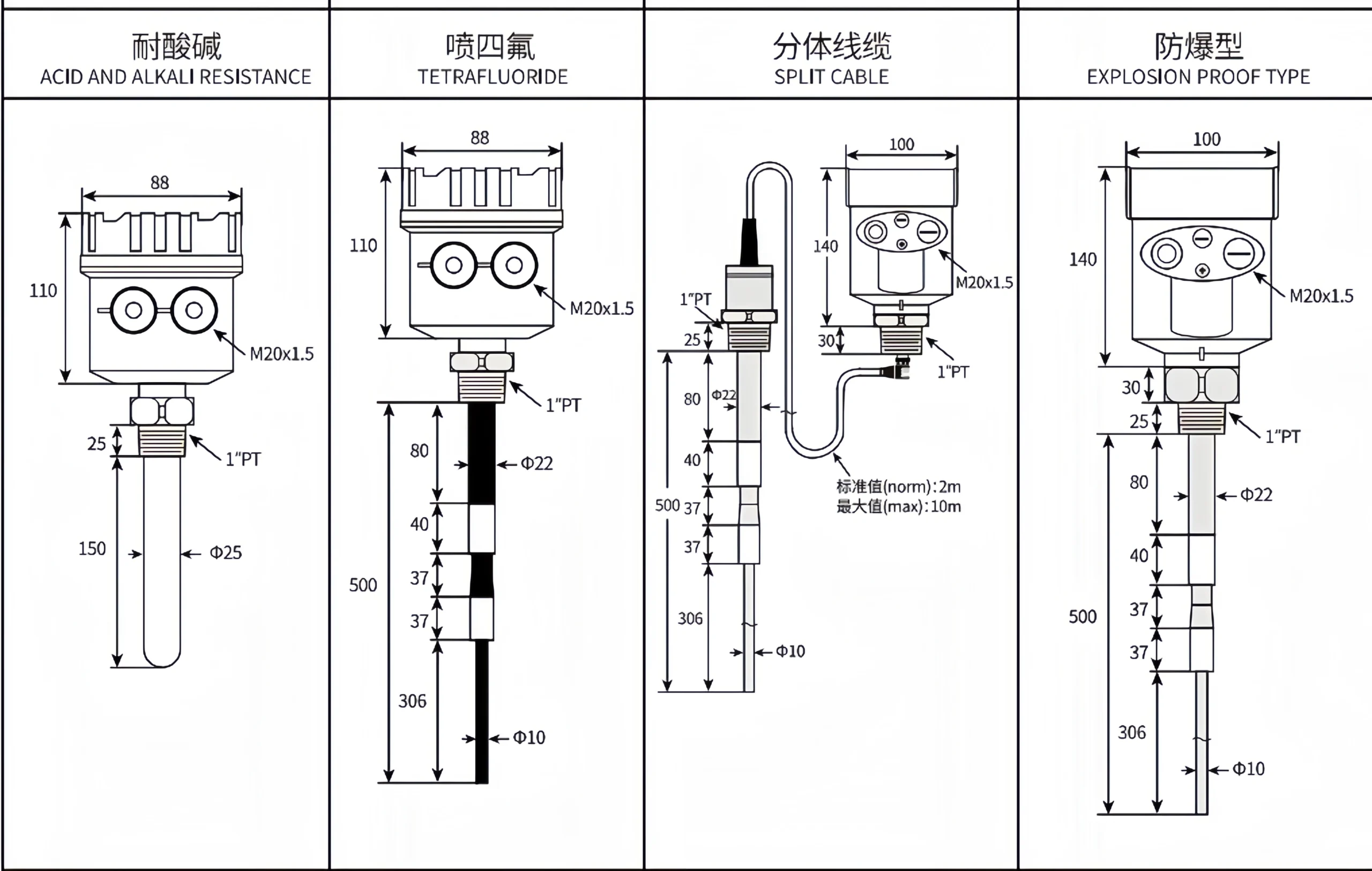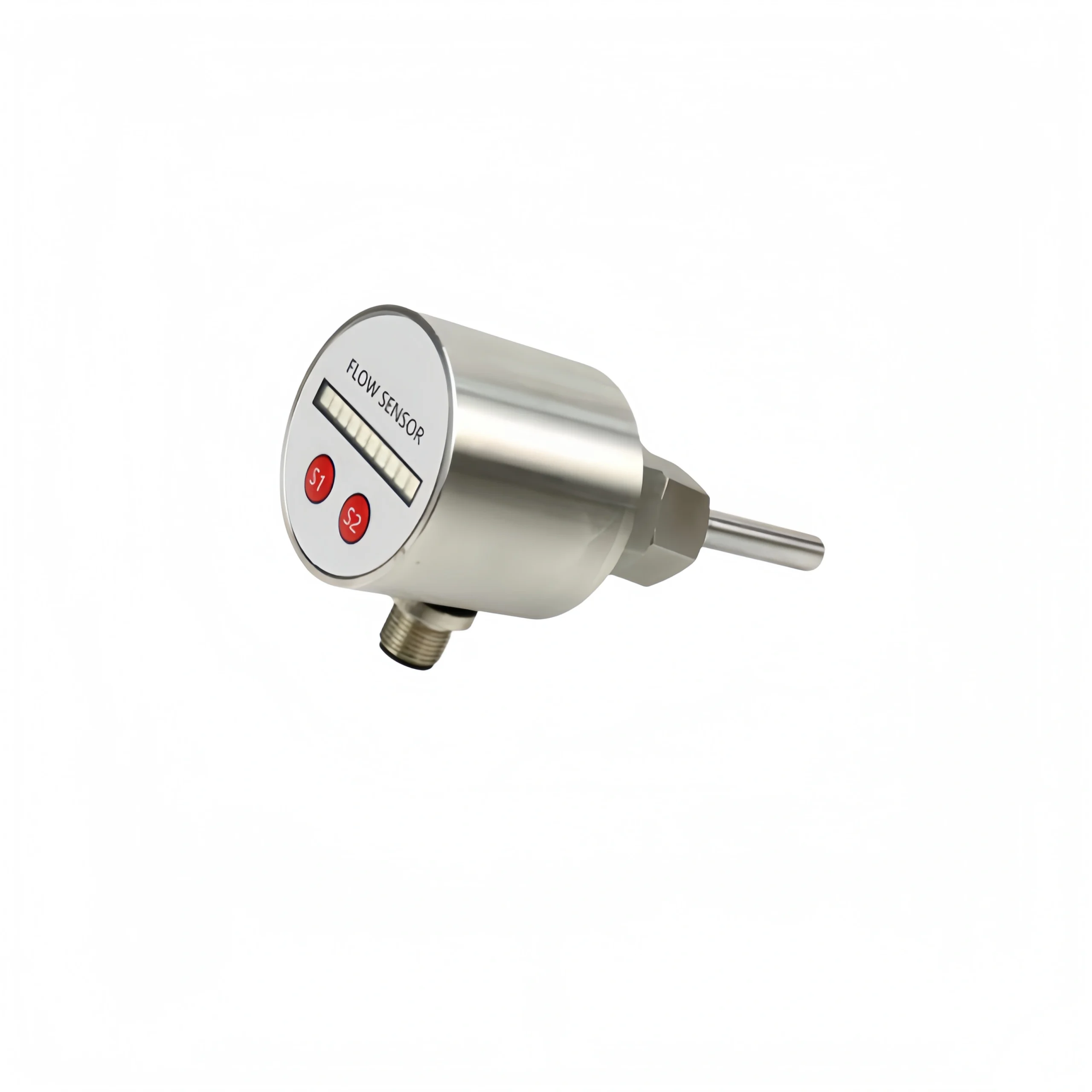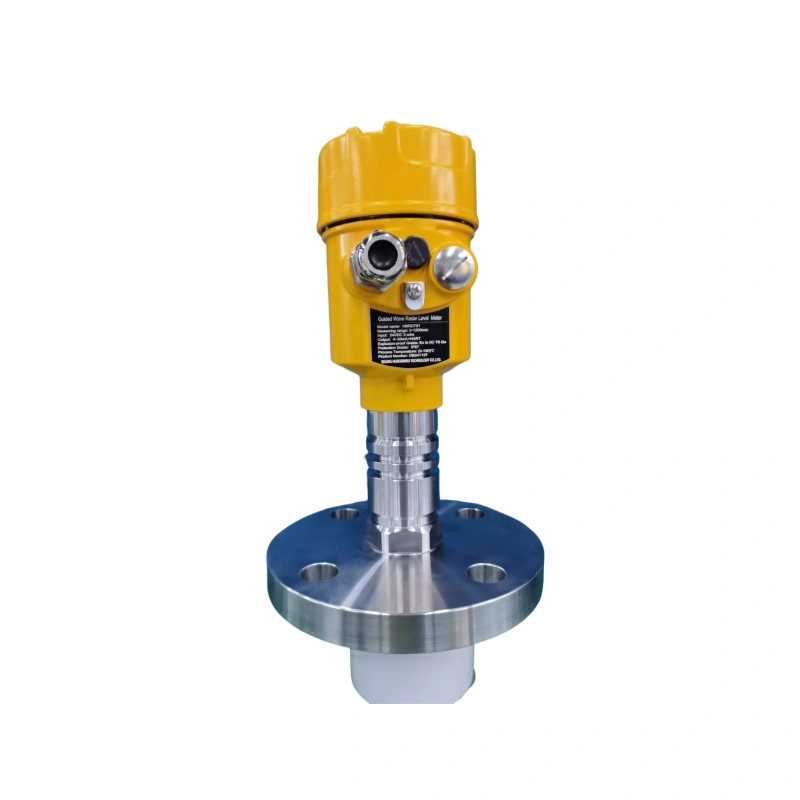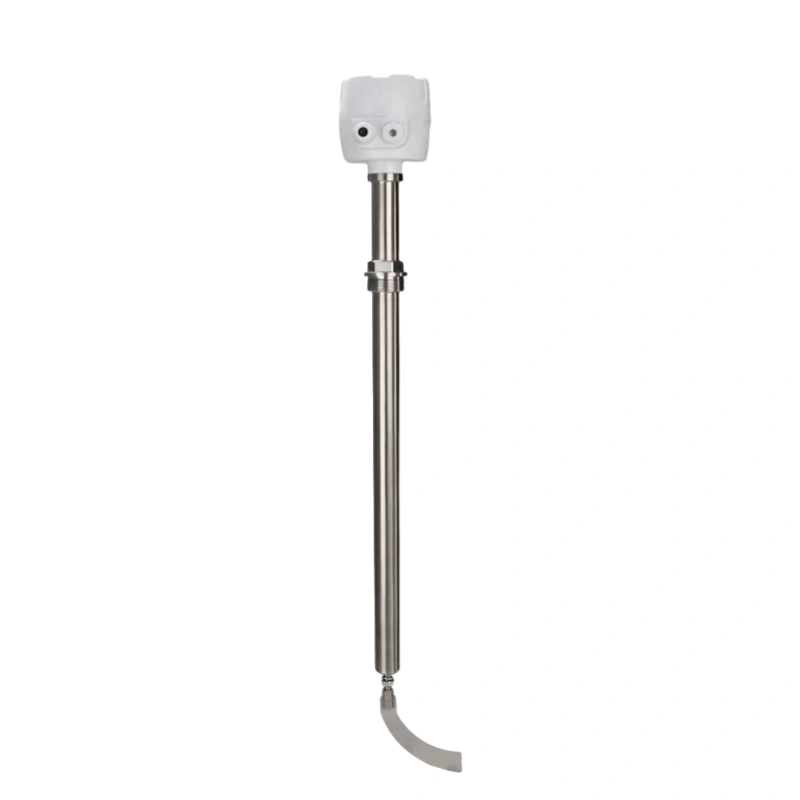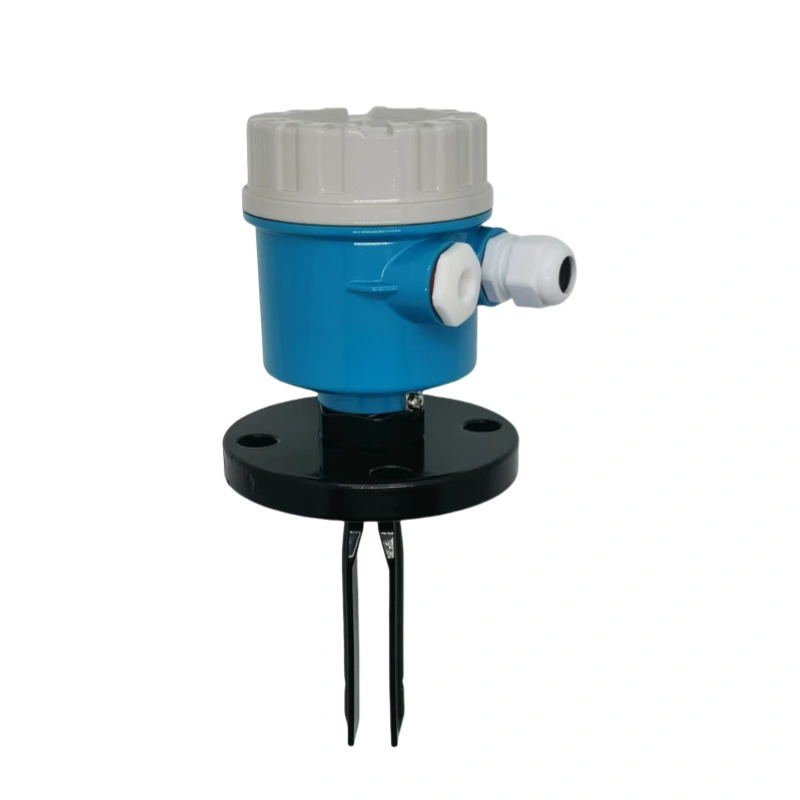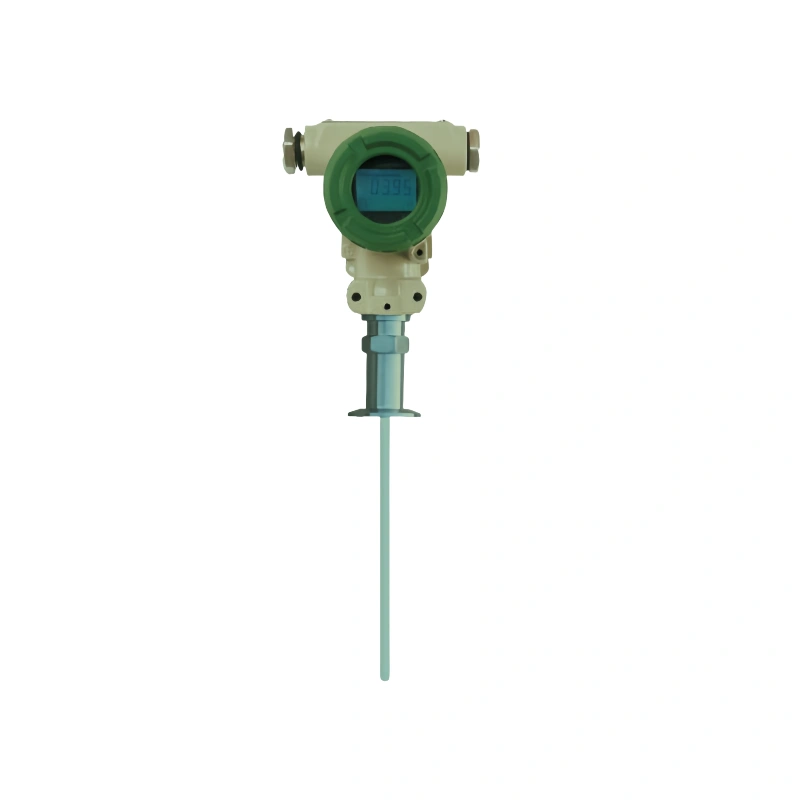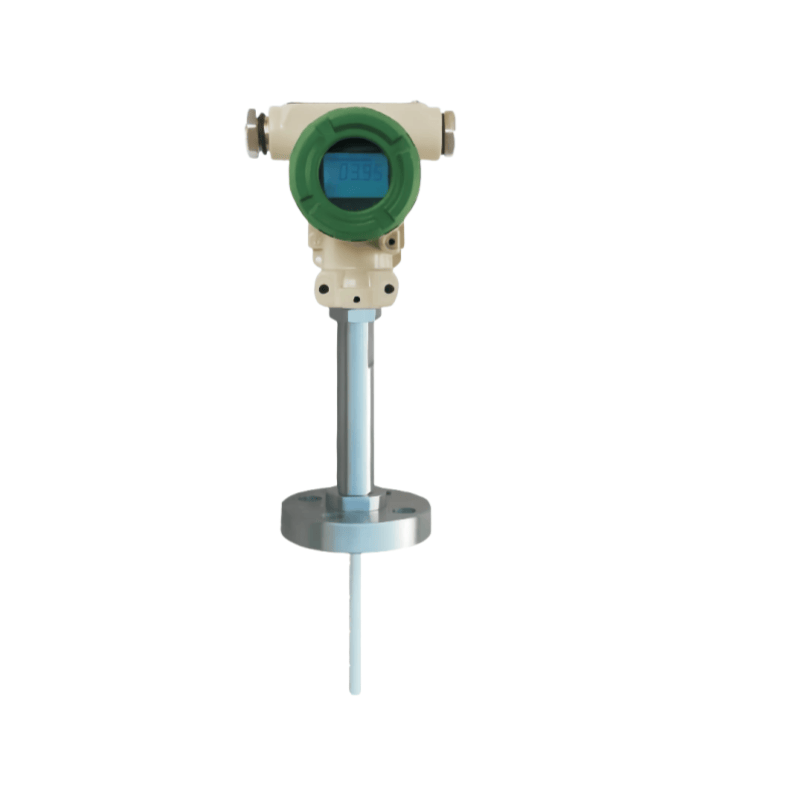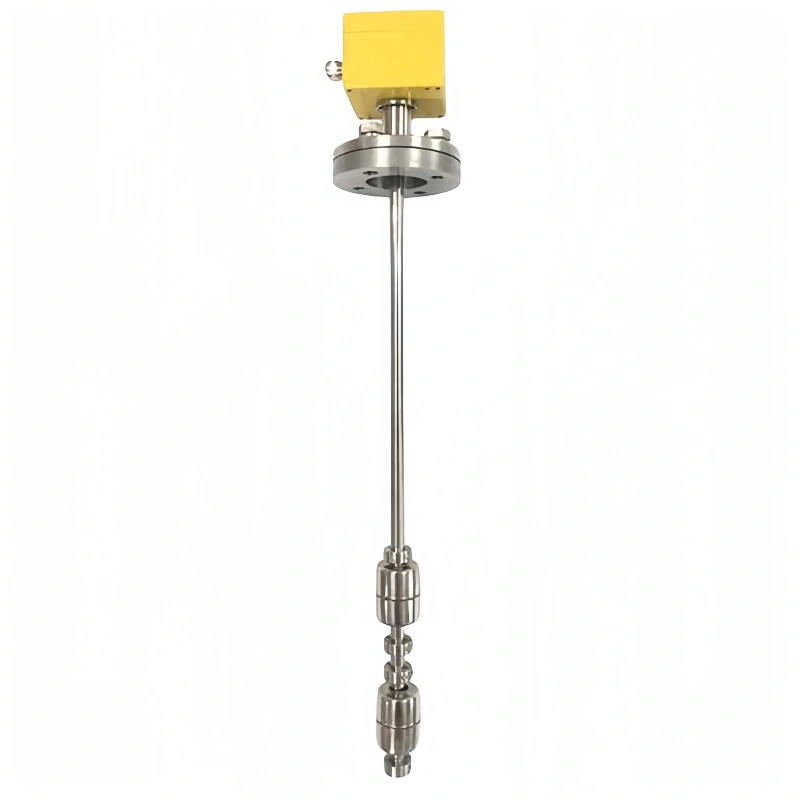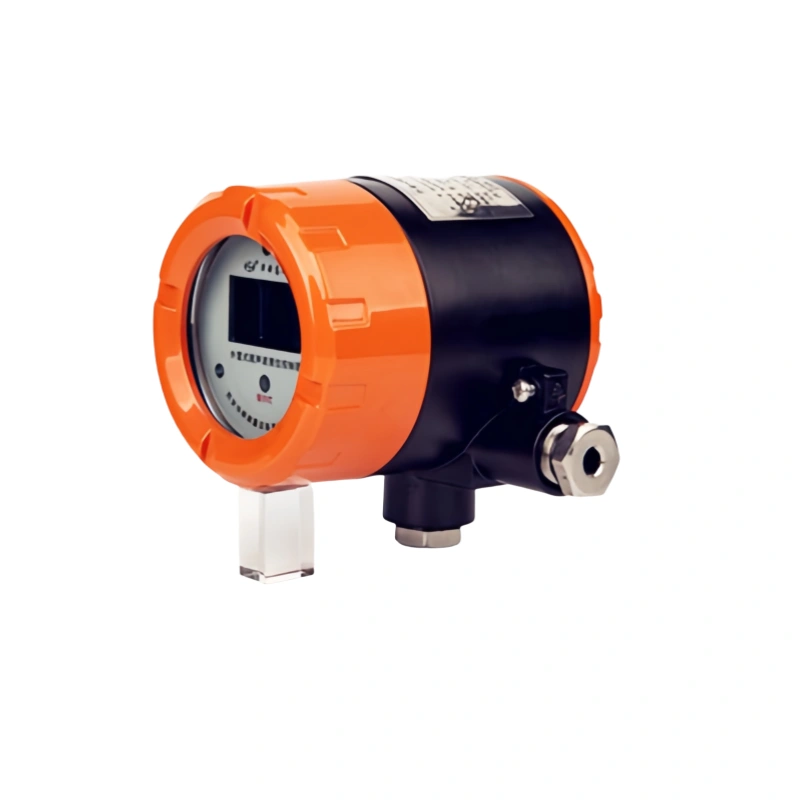What is the principle of an RF admittance level switch?
RF admittance level switches utilize advanced RF admittance technology. This eliminates the influence of conductive material buildup. The product mainly consists of a sensor electronic unit. The sensor unit includes three parts: a measuring electrode, a shielding electrode, and a grounding terminal.
The material height is reflected as a change in admittance between the measuring electrode and the tank wall. When the material reaches the switch’s operating point, the electronic unit reacts. The switch drives the relay. The shielding electrode prevents malfunctions caused by material buildup on the electrode. The switch control signal is only output when the material actually reaches the set point. During operation, the instrument’s sensor, the tank wall, and the measured medium form an admittance value. As the level changes, the admittance value changes accordingly. The circuit unit converts the measured admittance value into a level signal output.
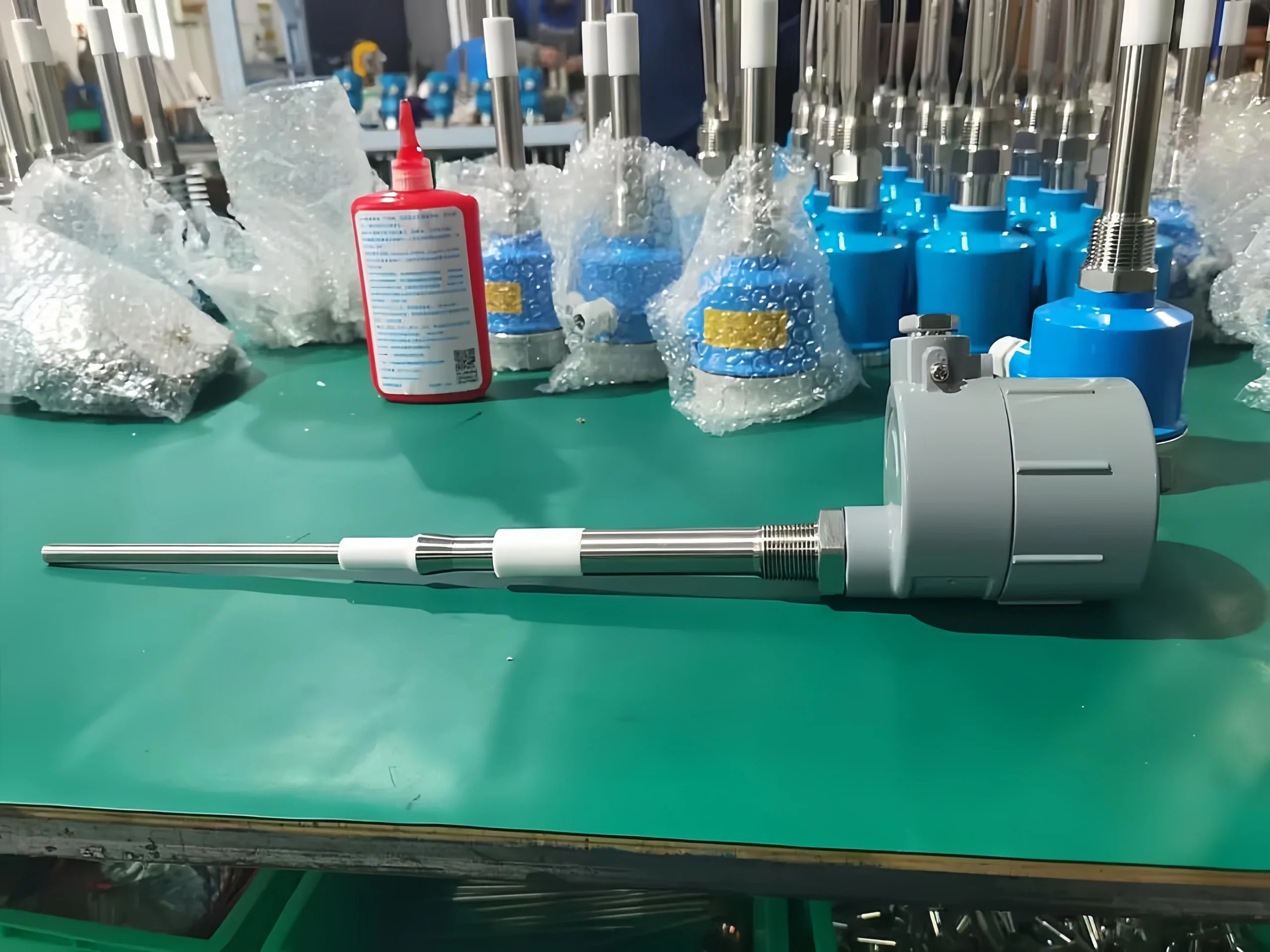
RF Admittance Level Switch Selection
To ensure that the selected RF admittance level switch provides more accurate measurements, we should consider the following factors when selecting an RF admittance level switch.
1. Insertion Depth
The insertion depth is crucial for the accuracy of level measurement. The depth also depends on whether the instrument will be affected or damaged by material impact.
2. Process Temperature
Different operating conditions have different temperature requirements. So, selecting a level switch with a temperature range that matches the specific requirements of the site is essential. If the instrument operates in a high-temperature environment, a level switch with a suitable temperature range can be selected.
3. Process Connection
Process connections are important components for installing the instrument on tanks, pipelines, and other equipment. They are usually divided into three categories: threaded, flanged, and clamped.
When selecting a process connection, it is vital to choose and customize a process connection with appropriate dimensions, thickness, and materials based on site requirements.
4. Protection Function and Protective Electrode Length
If the site is a dusty or high-humidity environment, a radio frequency admittance level switch with a higher protection rating should be selected to avoid affecting instrument performance due to poor sealing. The protection rating of the RF admittance level switch is IP66, which meets the user’s site requirements.
In addition, if the on-site application conditions are harsh, such as when used in the ash hopper of a power plant ash conveying system, to reduce the risk of probe damage from material impact, an RF admittance level switch with a stainless steel protective sleeve should be selected. Of course, customization is also available according to user requirements.

Is RF AC or DC?
RF can be selected from both AC and DC. We generally choose 24VDC and 220VAC.
What is RF short for?
“RF” is an abbreviation for “Radio Frequency,” referring to high-frequency radio waves.
What is the purpose of RF?
The core purpose of high-frequency radio waves in level switches is to detect the level by measuring changes in admittance. Specifically, it achieves continuous level monitoring, switch control, and alarm output.
What are the four types of switches?
Common level switches include float level switches, radar level switches, capacitive level switches, and tuning fork level switches. Different level switches have different applications.

